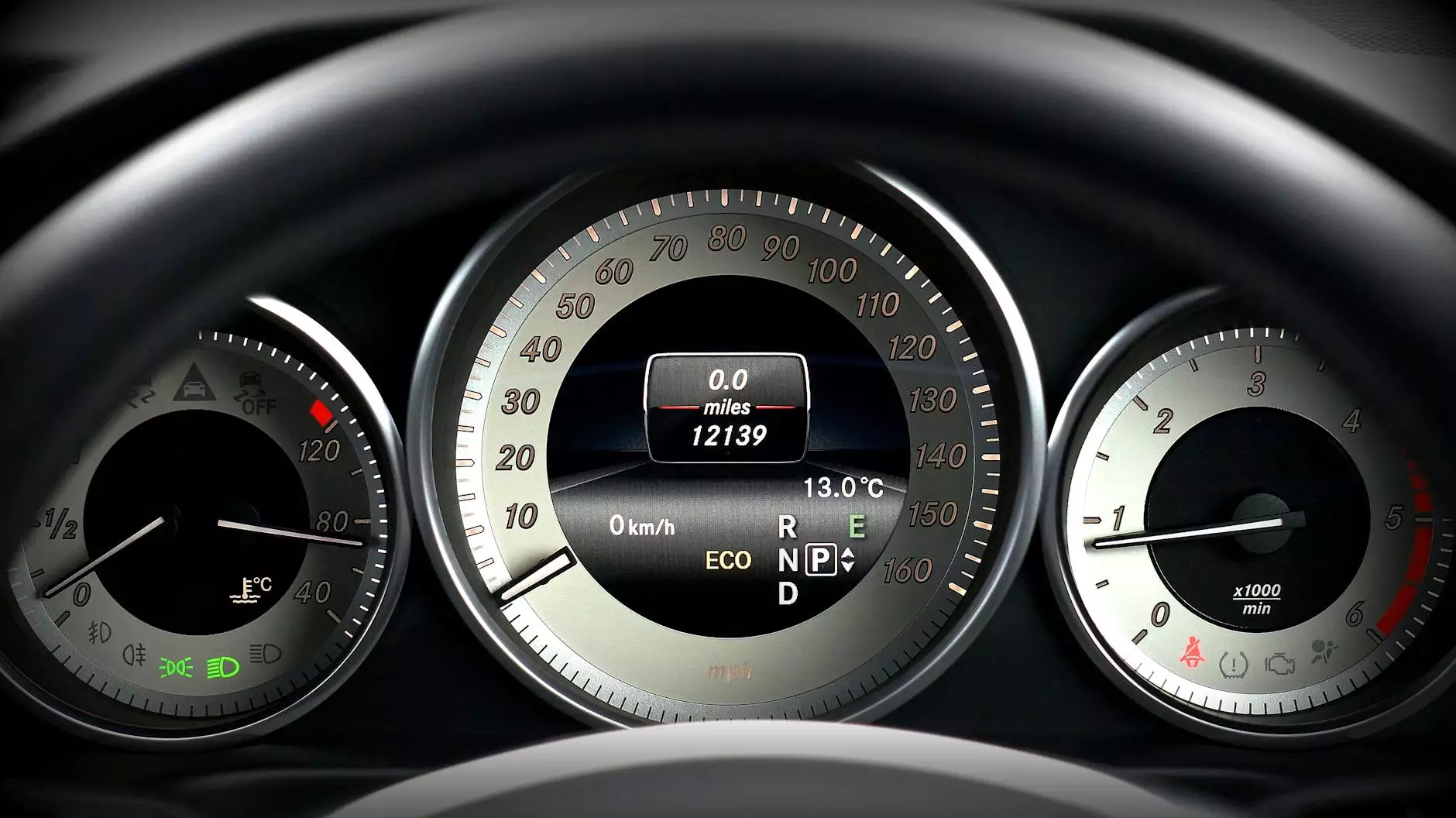Claiming Mileage Expenses: A Comprehensive Guide for Business Efficiency

Claiming mileage expenses is a significant aspect of managing finances for businesses of all sizes. Understanding how to effectively claim these expenses not only ensures compliance with tax regulations but also maximizes reimbursements for employees. In this detailed guide, we will explore the ins and outs of claiming mileage expenses, highlighting best practices, common pitfalls, and everything you need to know to streamline this essential process within your organization.
The Importance of Claiming Mileage Expenses
For many businesses, employees often use their personal vehicles for work-related activities, which inevitably leads to mileage expenses. Being proficient in claiming mileage expenses is crucial for several reasons:
- Employee Satisfaction: Timely reimbursement for mileage promotes trust and morale among employees.
- Financial Accuracy: Accurate mileage claims help businesses project expenses more accurately.
- Tax Compliance: Correctly documented mileage claims ensure compliance with IRS regulations and avoid potential audits.
Understanding Mileage Expenses
Mileage expenses are the costs incurred by employees while using their personal vehicles for business purposes. These costs can include fuel, wear and tear, maintenance, and insurance. As a part of financial services, it’s essential for companies to track these expenses accurately. Here’s how it works:
Types of Mileage Claims
There are generally two methods for claiming mileage:
- Actual Expense Method: Employees record actual car expenses (fuel, maintenance, etc.) and seek reimbursement.
- Standard Mileage Rate Method: Employees claim a pre-set rate per mile driven for business purposes, which is easier to manage for many organizations.
How to Claim Mileage Expenses
The process of claiming mileage expenses can vary depending on the company’s policies and the methods chosen for reimbursement. Here’s a systematic approach to make this as efficient as possible:
1. Keep Detailed Records
Always maintain meticulous records of mileage. Essential details to capture include:
- Date: The date when the travel took place.
- Purpose: A brief description of the business reason for the travel.
- Start and End Locations: Document the locations to calculate the total distance traveled.
- Mileage Driven: The total distance traveled for the business trip.
2. Use Technology to Your Advantage
Many businesses are now utilizing apps specifically designed for tracking mileage. These apps can automate record-keeping and simplify the process. Some popular apps include:
- Mileage Log: Automatically tracks mileage as you drive.
- Everlance: Offers GPS tracking with additional expense logging features.
- QuickBooks: Integrates seamlessly with accounting software for easy reimbursement workflows.
3. Calculate Your Claims Accurately
Whether you use the actual expense method or the standard mileage rate, ensure that your calculations are precise. For the standard mileage rate, refer to the IRS guidelines, which provide a per-mile rate that is adjusted annually. For the year 2023, for example, the mileage rate was set at 65.5 cents per mile.
4. Submit Your Claim Promptly
Establish a routine for submitting mileage expense claims. The sooner you submit, the better it is for your company’s cash flow and your own budgeting needs. Follow the established procedure in your organization for submitting claims, whether it involves filling out a paper form or using an online platform.
Tax Implications of Claiming Mileage Expenses
Understanding the tax implications of claiming mileage expenses is pivotal. The IRS allows employees to deduct mileage driven for business purposes, but there are specific guidelines to follow:
Deductible Mileage
Mileage is deductible as long as it is related to business activities. This includes meetings, client visits, and business errands. It is crucial to differentiate between personal and business-related travel, as personal mileage cannot be claimed.
Record Keeping for Tax Filing
When claiming mileage for tax purposes, accurate records are essential. The IRS requires you to maintain records that substantiate your claims. Some important documentation includes
- Driving logs that detail business trips.
- Receipts for any related expenses, such as tolls or parking fees.
- Annual summaries of mileage driven for business.
Common Mistakes When Claiming Mileage Expenses
To optimize the process and prevent issues, be aware of common mistakes companies make when claiming mileage expenses:
- Inadequate Record Keeping: Failing to keep thorough records can lead to incomplete or unsupportable claims.
- Miscalculating Mileage: Always double-check the mileage claimed to ensure accuracy.
- Neglecting to Stay Updated: Tax regulations change frequently, so it’s important to keep abreast of current laws regarding mileage claims.
Best Practices for Claiming Mileage Expenses
Establishing best practices for managing mileage claims will lead to a more efficient and compliant process. Here are some recommendations:
1. Create a Mileage Policy
Develop a clear mileage reimbursement policy that outlines how employees should log and submit mileage. Ensure that the policy includes:
- The methodology for calculating claims (actual expenses vs. standard rate).
- Clear guidelines on what constitutes business mileage.
- Submission deadlines for reimbursement claims.
2. Conduct Training for Employees
Educate employees about the importance of accurate mileage logging and the correct procedures for submitting expenses. Providing training sessions at onboarding or regular intervals can mitigate errors.
3. Regularly Review Claims
A periodic review of mileage expense claims can help identify trends, uncover discrepancies, and ensure adherence to company policies. During these reviews, you might also find opportunities to improve the efficiency of your claims process.
Conclusion
In conclusion, mastering the art of claiming mileage expenses is essential for both employees and accounting departments within an organization. By understanding the nuances of mileage expense claims, maintaining meticulous records, and implementing best practices, businesses can optimize their reimbursement processes, ensuring they remain compliant while maximizing employee satisfaction.
With diligence and proper management, claiming mileage expenses can become a streamlined part of your financial operations, significantly benefiting your business's bottom line. For additional assistance or to learn more about how we can help your business with financial services and tax services, visit taxaccountantidm.com.









